By Lynda Bignell
Masters Candidate, Flinders University, South Australia
In September 2011 I was invited to do some research on a maritime archaeology project on Kangaroo Island, South Australia. This opportunity arose from me expressing my interest in coastal archaeology to Jennifer McKinnon, lecturer at Flinders University.
I was to work with Amer Khan, maritime archaeologist at DEWNR (Department of Environment, Water and Natural Resources), South Australia, on a project investigating coastal archaeology on a section of Kangaroo Island from Cape Borda to Cape du Couedic. In particular, we were investigating four shipwrecks along that coast. These were the Emily Smith (1877), the Mars (1885), the Loch Sloy (1899) and the Loch Vennachar(1905). These are well known shipwrecks and the task was focussed on finding the graves of the victims of the Loch Sloy shipwreck.
Funding had been acquired from the Commonwealth Government for projects involving coastal archaeology, in an attempt to learn more about the coastal history and archaeology of Australia. Other research volunteers, who were already working on the project were Terry Smith and Adrian Brown.
My first task was to follow up some enquiries that Adrian Brown had initiated with State Records at the facility at Gepps Cross, Adelaide. I had used the State Records facility in the city a few years ago, and it was easy to re-activate my membership card. The archivists were very helpful, both in instructing me in the use of the database search system and suggesting other resources that could be helpful.
There were two obvious resources that could have given us information on the location of the graves. These were the official inquiry records and the coroner’s report. The coroner’s report was quickly discounted as these records had been recycled in World War II. The inquiry records proved to be more useful, and I photographed each page, as reading it there would have been too time consuming. These records are handwritten and obviously written at the time of the inquiry, making the writing more and more illegible. However, they produced a lot of useful information that would lead to further sources of information.
The inquiry included information about the ship, the crew, the cargo and the passengers and its movements from Glasgow to Adelaide. The Loch Sloy was owned by the Glasgow Shipping Company and was part of a fleet including the Loch Vennachar, which also sank in this area off Kangaroo Island. The inquiry interviewed people associated with the shipwreck including the apprentice Simpson, one of the survivors. It also gave an indication as to where the ship had foundered, which was of particular interest to the project group.
In my next blog, I will talk about the oral histories we conducted and how we met the descendants of the May family, who assisted the survivors, and also how easy it is to become addicted to Trove, the online newspaper resource of the National Library of Australia.

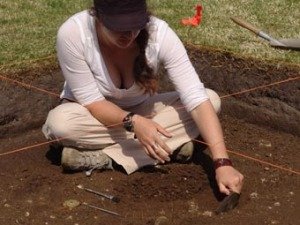
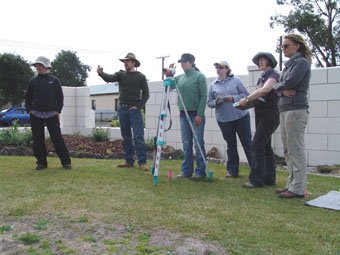
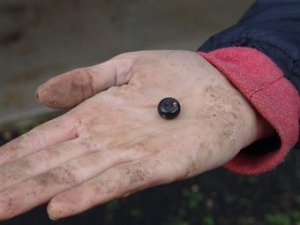
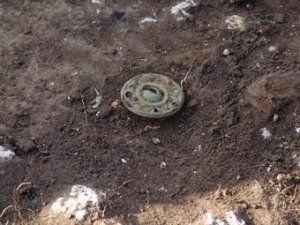


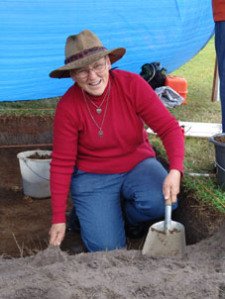
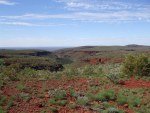 If you’ve read the current (July) edition of Engage: The Magazine of the Graduate Programs in Archaeology, Cultural Heritage Management and Maritime Archaeology, you’ll have seen the article on ‘Where does a Graduate Degree Take You?’. In it, some of our graduated students discuss where they’re working now, what they’ve learnt since leaving university (including what topics proved to be most useful to them and why. This part makes Alice very happy), and how their degree experience prepared them to work in the heritage industry (if you haven’t seen Engage yet, then make sure you read it at our website http://www.flinders.edu.au/ehl/archaeology/archaeology-digital-library/graduate-program-bulletins.cfm. It contains all this and more).
If you’ve read the current (July) edition of Engage: The Magazine of the Graduate Programs in Archaeology, Cultural Heritage Management and Maritime Archaeology, you’ll have seen the article on ‘Where does a Graduate Degree Take You?’. In it, some of our graduated students discuss where they’re working now, what they’ve learnt since leaving university (including what topics proved to be most useful to them and why. This part makes Alice very happy), and how their degree experience prepared them to work in the heritage industry (if you haven’t seen Engage yet, then make sure you read it at our website http://www.flinders.edu.au/ehl/archaeology/archaeology-digital-library/graduate-program-bulletins.cfm. It contains all this and more).